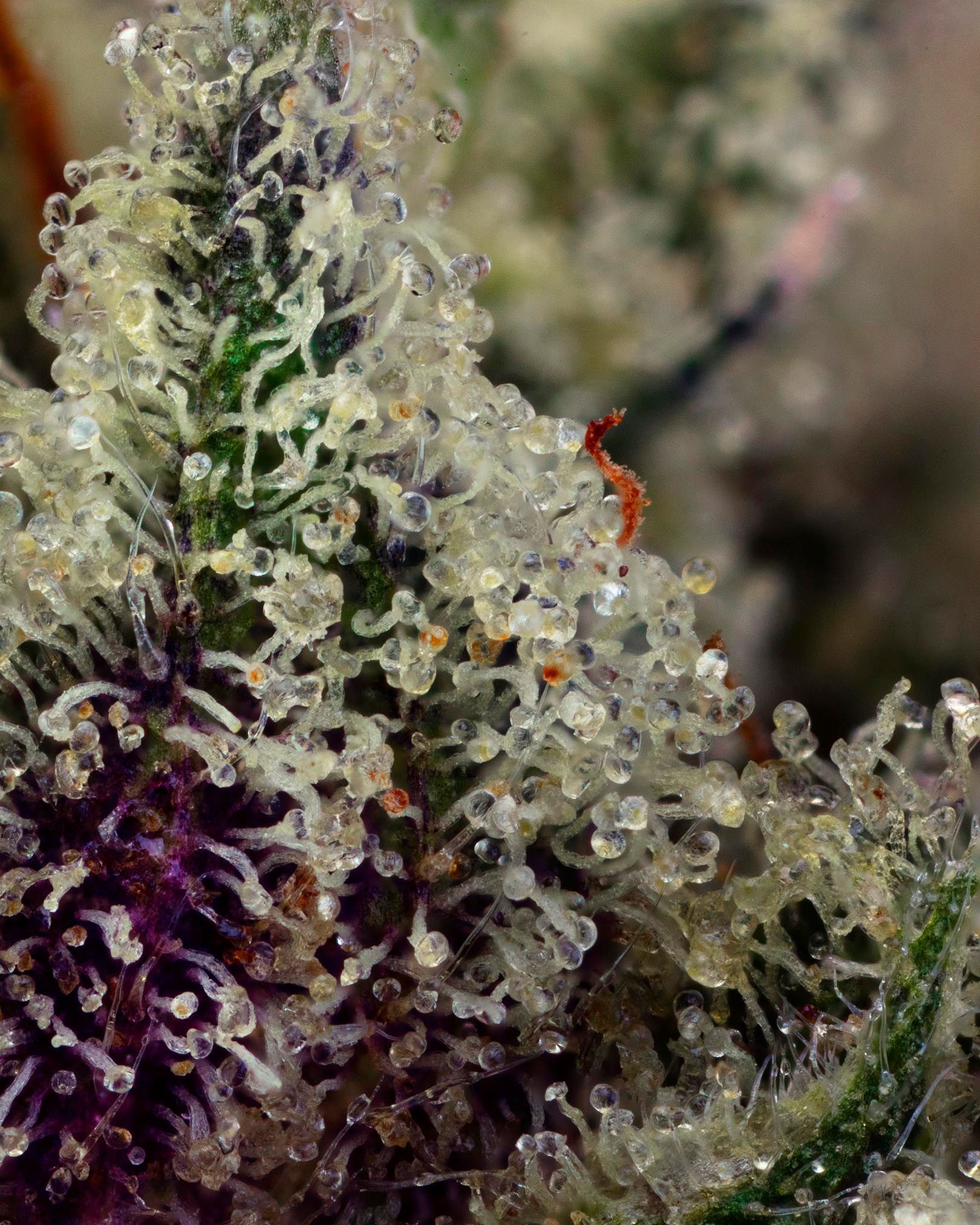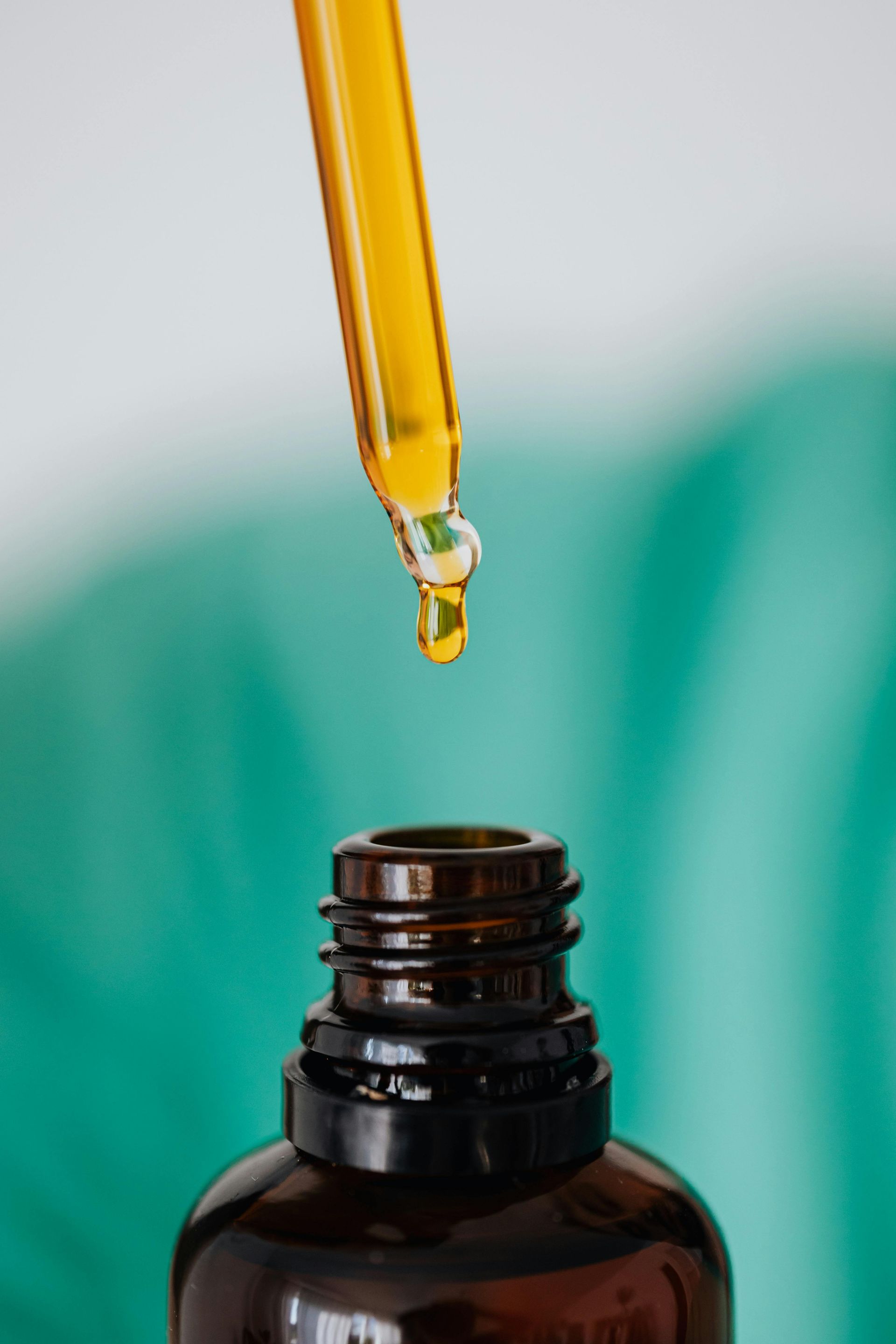The Entourage Effect: How Cannabis Compounds Work Together
Discover how cannabinoids, terpenes, and flavonoids combine to create a more powerful cannabis experience.

When it comes to cannabis, you may have heard about the individual benefits of cannabinoids like THC and CBD. But did you know that cannabis compounds don’t work alone? The entourage effect refers to the way cannabinoids, terpenes, and flavonoids interact to enhance each other's effects, resulting in a more balanced and effective experience. Let’s dive into what this means and why it matters for your cannabis use.
What is the Entourage Effect?
The entourage effect is a phenomenon that occurs when the various compounds in the cannabis plant—like cannabinoids, terpenes, and flavonoids—work synergistically. While THC and CBD are the most well-known cannabinoids, cannabis contains over 100 different cannabinoids, along with dozens of terpenes (responsible for the plant's aroma) and flavonoids (which contribute to the color and additional therapeutic effects).
When these compounds work together, they create a more potent therapeutic effect than when each one is used in isolation. In other words, the whole plant can offer more benefits than the sum of its individual parts.
Cannabinoids: The Power Players
Let’s start with cannabinoids, the compounds that directly affect your body’s endocannabinoid system (ECS). The two most famous cannabinoids are THC and CBD:
- THC (Tetrahydrocannabinol): The psychoactive compound that makes you feel “high.” It has powerful effects on pain relief, appetite stimulation, and mood, but can also cause anxiety in some users if consumed in large amounts.
- CBD (Cannabidiol): Non-psychoactive, CBD is praised for its calming and anti-inflammatory properties. It’s great for relieving anxiety, stress, and pain without the high associated with THC.
While these two cannabinoids are the most popular, others, like CBN (Cannabinol) and CBG (Cannabigerol), also play important roles in the entourage effect. For example, CBN is known for its sedative qualities, making it a potential aid for sleep, while CBG may help with inflammation and anxiety.
The Role of Terpenes: More Than Just Aroma
Terpenes are the aromatic compounds responsible for the distinct smells of different cannabis strains—whether it’s citrusy, earthy, or piney. But their role extends far beyond scent; terpenes also contribute to the effects of cannabis on your body and mind. For instance:
- Myrcene: Often found in Indica strains, it has a sedative effect and may enhance relaxation.
- Limonene: Common in Sativa strains, it provides an uplifting and energizing effect, often found in strains that smell like citrus.
- Linalool: Known for its floral scent (like lavender), this terpene is great for reducing anxiety and promoting calm.
Terpenes don’t just add to the flavor and smell—they interact with cannabinoids to modulate their effects, playing a big part in the entourage effect.
Flavonoids: The Unsung Heroes
While flavonoids are often overshadowed by cannabinoids and terpenes, they are crucial players in the entourage effect. Flavonoids contribute to the pigmentation of the cannabis plant and have antioxidant, anti-inflammatory, and neuroprotective properties.
Some cannabis flavonoids, like cannflavins, have shown strong anti-inflammatory effects, even stronger than aspirin! They add another layer to the therapeutic potential of cannabis by complementing the effects of cannabinoids and terpenes.
Why Does the Entourage Effect Matter?
If you’re only using CBD isolates or focusing solely on THC, you might be missing out on the full benefits of cannabis. The entourage effect means that full-spectrum or whole-plant cannabis products—which include a mix of cannabinoids, terpenes, and flavonoids—can offer a more balanced and potent experience.
For example, studies suggest that CBD can counteract some of THC’s negative effects, such as anxiety or paranoia, making for a more enjoyable high. Similarly, terpenes can help target specific conditions. If you’re using cannabis for stress relief, choosing a strain high in linalool or myrcene may enhance the calming effects of the cannabinoids.
Full-Spectrum vs. Isolate: Which Should You Choose?
When shopping for cannabis products, you’ll often see the terms full-spectrum, broad-spectrum, or isolate on the label. Here’s what they mean:
- Full-Spectrum: Contains all the cannabinoids, terpenes, and flavonoids from the cannabis plant, offering the full entourage effect.
- Broad-Spectrum: Contains multiple cannabinoids and terpenes but with the THC removed.
- Isolate: Contains only one cannabinoid, usually CBD, and no terpenes or flavonoids.
If you want the full benefits of cannabis, full-spectrum products are the way to go. However, if you’re concerned about consuming THC (for legal or personal reasons), broad-spectrum may be a better option.
Final Thoughts
The entourage effect shows that cannabis is more than just THC or CBD. It’s a complex plant with multiple compounds working in harmony to provide therapeutic benefits. Whether you're looking for pain relief, stress reduction, or simply a more balanced cannabis experience, understanding the entourage effect can help you choose products that suit your needs.
As always, start low and go slow when trying new strains or products, and consider experimenting with full-spectrum options to experience the power of the entourage effect for yourself!
share this
Related Articles
Related Articles









